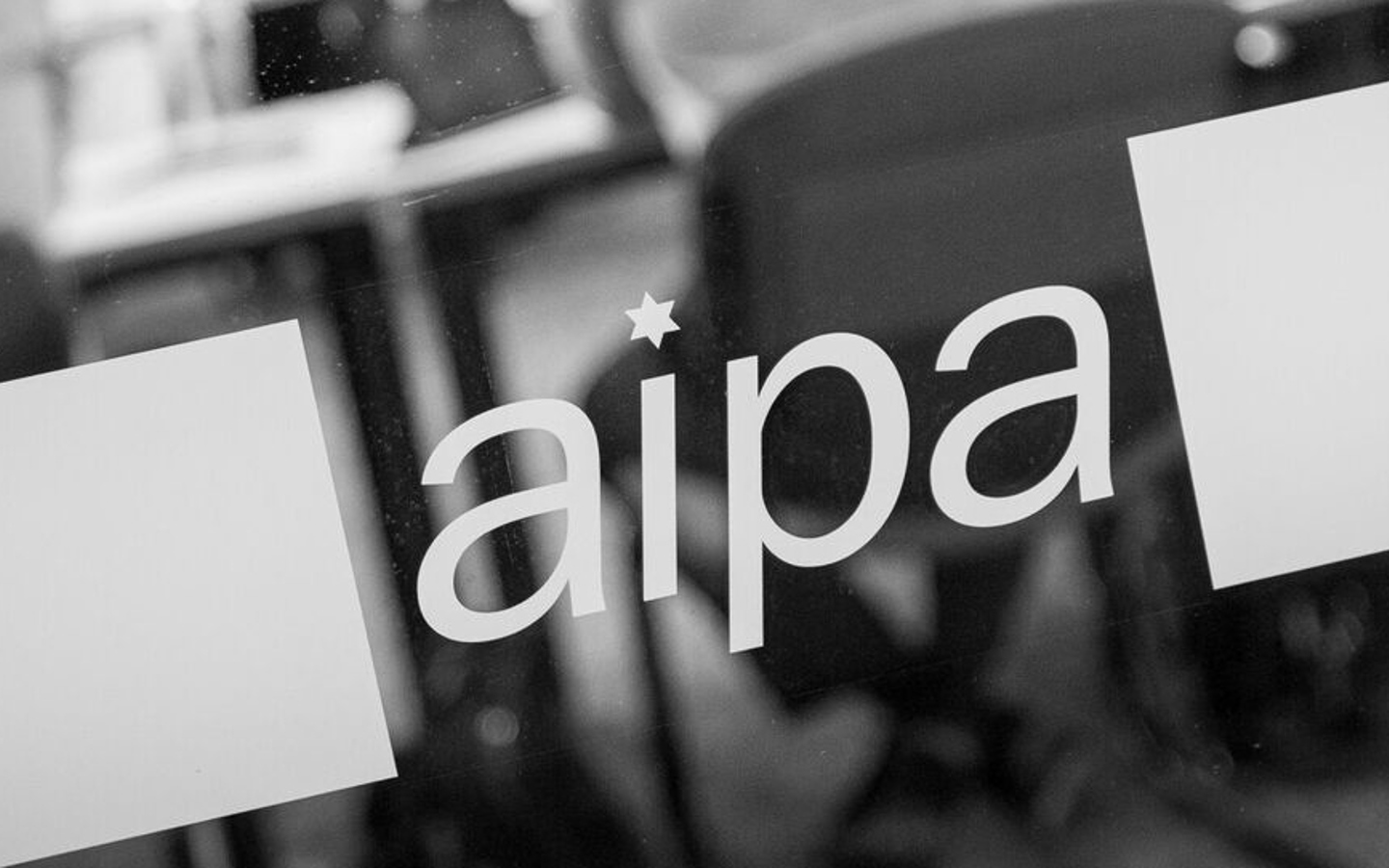Ethiopian Airlines’ Boeing 737 Max crash findings
06/04/2019 | Author: Robyn Ironside, Aviation Writer for The Australian

The preliminary report on the Ethiopian Airlines crash has raised more questions about the safety of the Boeing 737 Max 8 with evidence the aircraft did not respond to emergency procedures widely promoted after the Lion Air crash in Indonesia.
The report by Ethiopia's Aircraft Accident Investigation Bureau found the flight-control system known as MCAS forced the nose of the plane down four times with disastrous results.
As the pilots ran through procedures meant to overcome the problem, including flipping two cut-out switches and manually cranking the trim wheel, the 737 Max did not recover.
Finally the pilots reverted to the electronic trim controls, which only exacerbated the issue and the plane crashed six minutes after takeoff from Addis Ababa, killing all 157 people on board.
"This accident was not survivable," said the report, which noted the crater created by the impact of the plane was 10m deep and 40m long.
Australian and International Pilots Association president Mark Sedgwick said further investigation was needed but the preliminary report's findings were worrying. "Pilots would be concerned if a certified aeroplane and the relevant checklist that was supposed to rectify the problem couldn't be followed for the recovery of the aeroplane, that the pilots were unable to recover the aeroplane;' Mr Sedgwick said.
MCAS, or the manoeuvring characteristics augmentation system, was designed by Boeing to issue nose-down commands in response to information from a single sensor, to avoid a stall situation. It was added to the plane to account for larger, more powerful engines positioned further forward on the wings, changing the centre of aerodynamic lift.
Many pilots claimed they became aware of the system only after the Lion Air crash last October, which prompted the US Federal Aviation Administration to issue an emergency airworthiness directive about MCAS and how to turn it off. As one of 50 carriers operating the 737 Max 8, Ethiopian Airlines shared the procedures with pilots.
Yesterday Boeing chief executive and chairman Dennis Muilenburg acknowledged the role of MCAS in the Lion Air and Ethiopian Airlines crashes.
But he indicated the aircraft manufacturer did not believe the system was solely responsible for causing the 737 Max 8s to crash.
"The history of our industry shows most accidents are caused by a chain of events. This again is the case here and we know we can break one of those chain links in these two accidents," Mr Muilenburg said. ''As pilots have told us, erroneous activation of the MCAS function can add to what is already a high workload environment. It is our responsibility to eliminate this risk. We own it and we know how to do it:'
Australian Federation of Air Pilots technical and safety manager Marcus Diamond said the preliminary report appeared to rule out pilot error in the Ethiopian Airlines' crash but there were still questions to answer.
"The report talks about the crew not being able to manually trim the plane, which is very unusual," Mr Diamond said.
"If the MCAS affects manual trim, that's another level of concern altogether."
US aviation safety consultant and former airline captain John Cox said investigators would delve further in their final report and look at the "entire system", including the fix Boeing had proposed. "The software upgrade will certainly fix the problems that directly caused the two accidents but they will look further to determine if there are any other lessons," Captain Cox said.
Australian aviation expert Neil Hansford said he would be surprised if the currently grounded model was returned to the air this year. "They're not three to four weeks off. We haven't got the new training regime, we haven't got the new pilot displays. They're a long, long way off having a solution and getting these aircraft back into the air;' he said.
To date, 376 of the planes have been delivered by Boeing, which has another 4650 orders to fill. Virgin Australia has 30 737 Max 8s on order but has said it wants to be completely satisfied with their safety before the first delivery, due in November. Boeing has suspended deliveries while the aircraft remains grounded but manufacturing is continuing.
